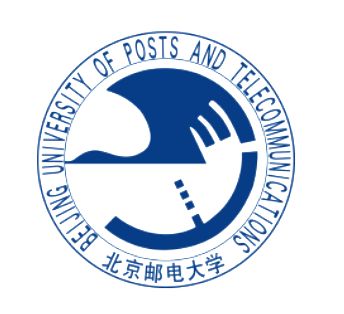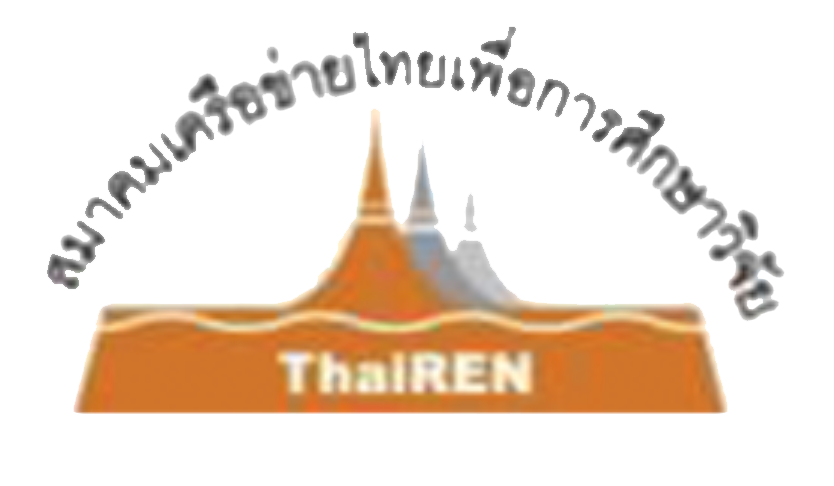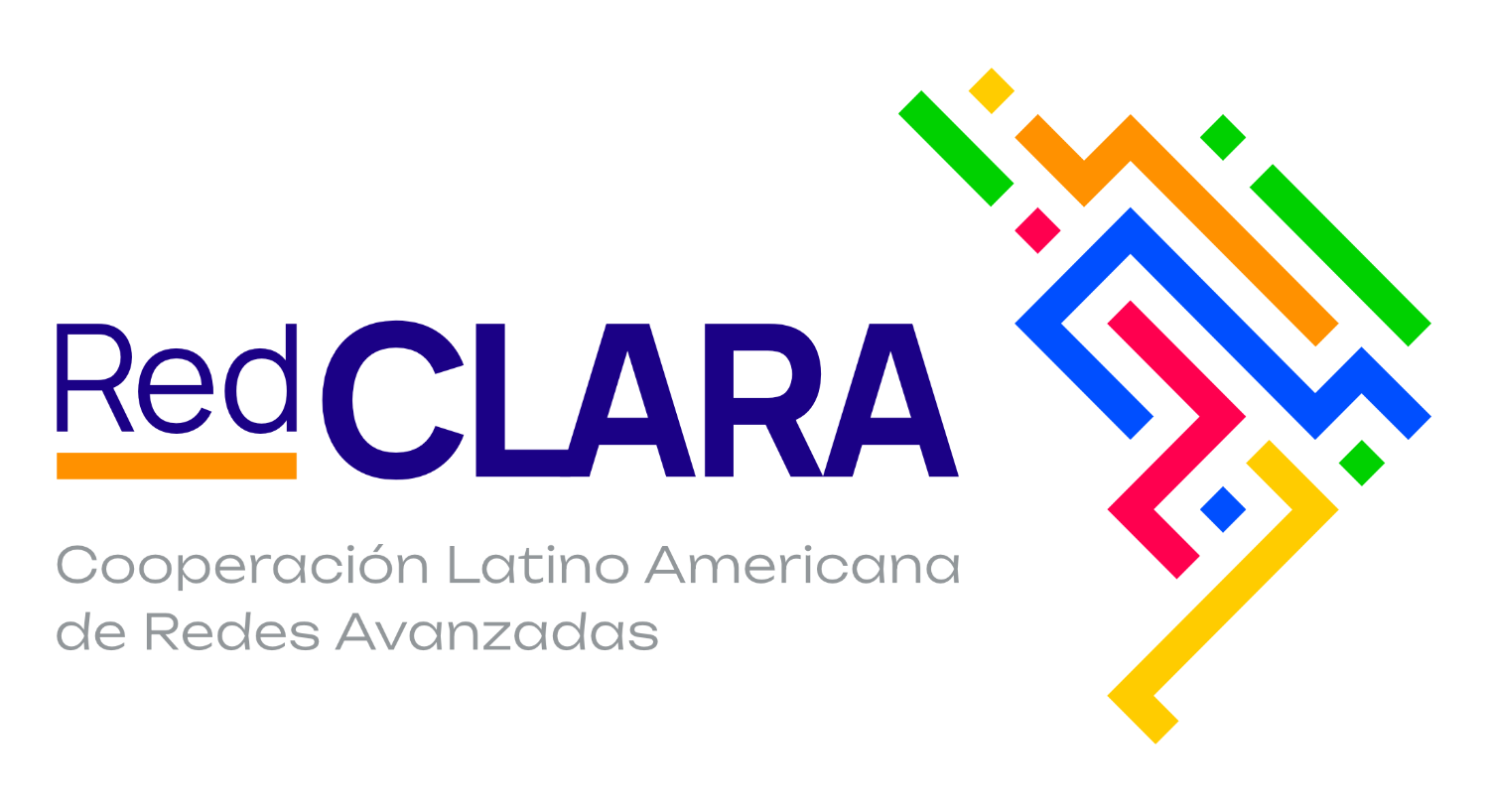
Partners
This webpage showcases the partnerships of the three main projects we have been working on since 2020. In the Project of “Joint Research on IPv6 Network Management: Research Development and Demonstration”, from 1st June, 2020 to 30th May, 2023, 23 partners from 14 countries/economies have been working together, Tsinghua University and CERNET are the leading organizations.
In the Project of “APNIC ISIF Project: Developing a Collaborative BGP Routing Analyzing and Diagnosing Platform” from 24th Feb, 2022 to 24th Aug. 2023, and “An Extension of the Ongoing Project ‘Developing a Collaborative BGP Routing Analyzing and Diagnosing Platform’ Project” from 6th Dec, 2023 to 5th June 2025, the participation of 20 partners from 19 countries/economies enhanced the collaboration among network engineers on the solutions to BGP issues.
Building on this foundation, the subsequent phase – “An Extension of the Ongoing Project ‘Developing a Collaborative BGP Routing Analyzing and Diagnosing Platform” (December 6, 2023- June 5, 2025) – has significantly expanded the initiative’s global reach, now involving 38 organizations from 27 countries and economies across five continents.
Partners of Project Joint Research on IPv6 Network Management: Research Development and Demonstration
Partners of APNIC ISIF Project: Developing a Collaborative BGP Routing Analyzing and Diagnosing Platform (the 1st and the 2nd phases)
Organization: AfgREN – Afghanistan

AfgREN is the national research and educational network (NREN) for Afghanistan’s academic community, formed in 2006. AfgREN provides a range of intranet and internet services to 14 governmental universities, including eduroam services for Shaheed Rabbani Education University, Kabul University of Medical Science and Kabul Polytechnic University, and technical support to the IT departments of all 38 public universities. AfgREN has a physical P2P STM1 connection to the TEIN PoP in Singapore and an STM1 internet link via Afghan Telecom.
Organization: BdREN – Bangladesh

The University Grants Commission (UGC) of Bangladesh, on behalf of the Ministry of Education (MoE) implemented the Bangladesh Research and Education Network (BdREN) in 2009. This Higher Education Quality Enhancement Project (HEQEP) was financed jointly by the Bangladesh Government and the World Bank. In 2011 the UGC signed an IRU contract with Power Grid Company of Bangladesh (PGCB) Ltd to allow the use of 2 fibre cores from its country-wide distributed OPGW network to provide the national backbone for BdREN.
Organization: CamREN – Cambodia

CamREN (Cambodia Research and Education Network) is Cambodia’s national research and education network. It is the sole provider of local and international networks and services dedicated for serving the Research and Education community in Cambodia. CambREN Open Exchange (SOE) interconnects Cambodia’s research and education community to the international Research and Education Networks, including Asia, Australia, Europe and the U.S.A.
Organization: LEARN – Sri Lanka

The Lanka Education and Research Network-LEARN is the NREN (National Research and Education Network) of Sri Lanka. LEARN interconnects educational and research institutions across the country, and provides a range of network related services to them. LEARN interconnects all of the UGC funded state universities, a number of public universities under other ministries, the University Grants Commission, the Ministry of Higher Education, and a number of national research institutions including the National Science Foundation (NSF). LEARN is an advanced network supporting IPv6 and multicast protocols and provides optical fiber links ranging from 2Gbps to 10Mbps to most campuses. LEARN’s international links connect at 20Gbps including 3Gbps via NKN (India), TEIN (Singapore) and Internet2.
Organization: Mae Fah Luang University – Thailand

Mae Fah Luang University (MFU) was established as an autonomous public university, under the Royal Charter, in 1998, with generous support from the Royal Thai Government. The University was established to meet the needs of people in the north of Thailand, and to commemorate the gracious contributions of the King’s Mother, Her Royal Highness Princess Srinagarindra, lovingly known to her subjects as “Mae Fah Luang.” From its inaugural class of 64 students in 1998, MFU has become Thailand’s fastest growing post-secondary institution with an enrollment of just under 15,000 students.
Organization: MyREN – Mylaysia

Launched in March 2005, under the governance of Ministry of Higher Education (MoHE) and management of Malaysian Digital Economy (MDEC), formally known as the Multimedia Development Corporation, the Malaysian Research & Education Network (MYREN) enables high speed dedicated connectivity to the education sector while expanding research capability in Malaysia. A community managed network through its 7 regional Point of Presence (PoPs) nationwide, it has linked to over 800,000 researchers, academicians and students in Malaysia enabling closer collaboration to underpin critical applications, education and research activities across the country. MYREN currently connects all public universities, private universities, all polytechnics and college communities, and a small number of hospitals and private research institutes. MYREN connects to the global research network community via the Trans-Eurasia Information Network (TEIN4).
Organization: NREN – Nepal

Nepal Research and Education Network (NREN) is a non-profit organization founded in 2007, registered under the Nepalese Government and affiliated with Social Welfare Council. Nepal is now home to a dozen research institutions, ten universities, more than thirteen hundred colleges and more than two dozen teaching hospitals across the country. NREN operates as a national collective of education, research, and government institutions to offer a high-performance network at a low cost. . It is a member-based institution working to build a national research network, and improve research outcomes via a connection to the global research and education network. NREN connects to the global research infrastructure via NKN in India.
Organization: PERN – Pakistan

The Pakistan Education & Research Network (PERN) is a nationwide network connecting premier education and research institutes; and providing high-speed R&E, intranet and internet bandwidth across the country and to international networks. The network is providing valuable services, like high-speed internet, audio/video conferencing, access to digital library resources, cloud services, eduroam & blanket coverage of Wi-Fi on campus. The PERN is currently upgrading to its backbone network to provide 40Gbps of connectivity to 50 cities across the country and territorial network partners. This powerful digital infrastructure connects Pakistan to national and global data, tools, colleagues, and classrooms that fuel the engine of innovation in today’s digital economy. More than 800,000 researchers at nearly 300 Pakistani universities, colleges, research institutes, hospitals, and government laboratories are now able to access PERN.
Organization: SingAREN – Singapore

The Singapore Advanced Research and Education Network (SingAREN) is Singapore’s national research and education network (REN). SingAREN serves Singapore’s Research and Education community through facilitating efficient exchanges of local traffic and providing international connectivity through peering arrangements with overseas RENs. Our members consist of the Institutions of Higher Learning, Government and network industry organisations. SingAREN is a non-profit society whose key objectives are to 1) advocate for the use of advanced network applications and technologies 2) represent the research community in Singapore and 3) e. Facilitate cost-competitive adoption of advanced Internet technologies for Singapore RENs.. They have benefited from SingAREN’s resilient international networks. SingAREN maintains close working relationships with the Next Generation Internet community, such as APAN (Asia Pacific Advanced Network), Internet2 and TEIN (Trans-Eurasia Information Network).
Organization: Tein*cc – South Korea
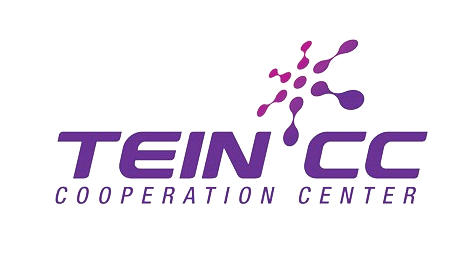
TEIN*CC is a not-for-profit organization based in Seoul, Republic of Korea. We manage and operate TEIN (the Trans-Eurasia Information Network), the pan-Asian regional research and education network, and related activities under the Asi@Connect project. This network is used to support a wide range of research in cutting-edge areas, including genomics, natural hazard mitigation, telemedicine and the general advancement of science across Asia. The project is also designed to help developing countries via a range of capacity building programs.
Organization: Thairen – Thailand
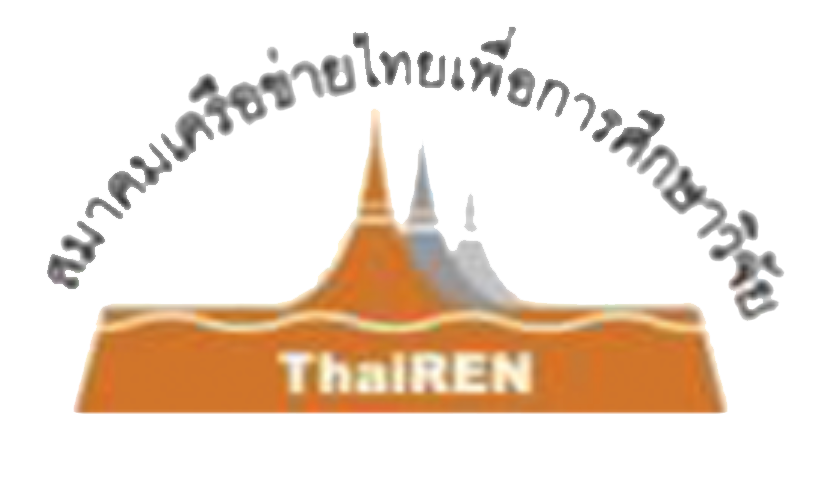
The Thailand Research Education Network Association was established in 2007 to coordinate among researchers and users of research and education networks, as well as promote/support research projects and activities.
Organization: University Of Computer Studies, Yangon – Myanmar
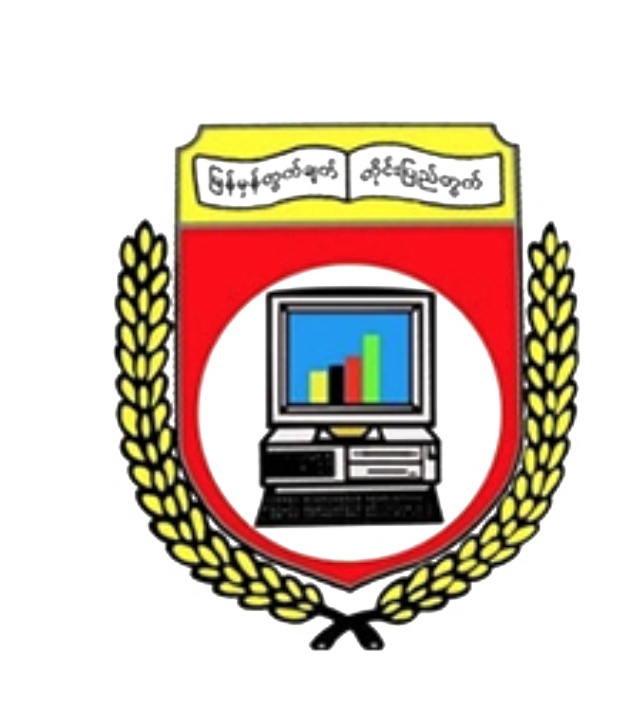
UCSY was originally established through industry-academia-government collaboration to be targeted at developing Information Technology (IT). In 1971, it was founded as UCC, the University Computer Center. In 1988, it was established as an Institute of Computer Science and Technology (ICST). On July 1, 1998, the Institute was changed to the University of Computer Studies, Yangon (UCSY). It is one of the higher institutions under the Ministry of Education. UCSY’s role is to conduct teaching and research in various branches of computer science, computer technology, and information technology and nurture Information Technology (IT) professionals for Myanmar.
Organization: University Of GoTTINGEN – German

Founded in 1737, Georg-August-Universität Göttingen is a research university of international renown with strong focuses in research-led teaching. The University is distinguished by the rich diversity of its subject spectrum particularly in the humanities, its excellent facilities for the pursuit of scientific research, and the outstanding quality of the areas that define its profile. From 2007 to 2012 Georg-August-Universität Göttingen was rewarded funding from the Initiative of Excellence of the German Federal and State Governments with its institutional strategy for the future entitled “Göttingen.Tradition – Innovation – Autonomy”. The University was able to realize all measures of the concept. Now Göttingen University develops the successfully established measures further to continuously advance the University’s positive developments in research and teaching.
Organization: University Of Malaya – Malaysia

University of Malaya, or UM, Malaysia’s oldest university, is situated on a 922 acre (373.12 hectare) campus in the southwest of Kuala Lumpur, the capital of Malaysia. It was founded on 28 September 1905 in Singapore as the King Edward VII College of Medicine and on 8th October 1949, it became the University of Malaya with the merger of the King Edward VII College of Medicine and Raffles College (founded in 1928). The University of Malaya derives its name from the term ‘Malaya’ as the country was then known. The Carr-Saunders Commission on University Education in Malaya, which recommended the setting up of the university, noted in its Report in 1948: “The University of Malaya would provide for the first time a common center where varieties of race, religion and economic interest could mingle in joint endeavor … For a University of Malaya must inevitably realize that it is a university for Malaya.” The growth of the University was very rapid during the first decade of its establishment and this resulted in the setting up of two autonomous Divisions on 15 January 1959, one located in Singapore and the other in Kuala Lumpur.
Organization: University Of Surrey – The United Kingdom

The University of Surrey is a public research university located in Guildford, England, and was initially established in 1891, known at that time as Battersea College of Technology. Currently the University is hosting over 17,000 students at both undergraduate and postgraduate levels. University of Surrey has a number of world-leading research areas including telecommunications, satellite technologies, electrical and electronic engineering, as well as international tourism and hospitality studies. The Institute for Communication Systems (ICS), home of UK’s 5G Innovation Centre (5GIC), is one of the largest research centers on information and communication technologies in Europe, and the research subject of telecommunications undertaken by ICS has been constantly ranked top 50 internationally according to ARWU (http://www.shanghairanking.com/). The key research areas covered by ICS include mobile communications including 5G and beyond, future network technologies and management, as well as satellite communications.
Organization: Tsinghua University – China
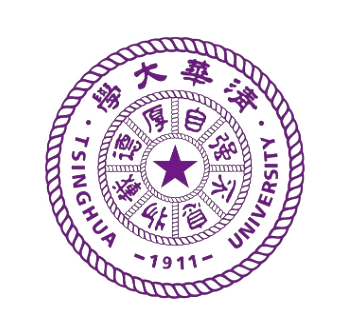
Tsinghua University’s Institute for Network Sciences and Cyberspace (abbreviated as the Network Research Institute) was established in 2012. It is the specific role of this Institute to carry out the subject construction and scientific research for the Internet/Next Generation Internet. The Network Research Institute, cooperating with the Department of Computer Science and Technology, the Department of Electronic Engineering and related departments, has taken the lead in building a “cyberspace security” top-level subject, and participated in building the top-level subjects of “computer science and technology” and “information and communication engineering”. It has also undertaken major national science and technology projects in the field of Internet protocols, and strives to build a world-class network discipline and lead the scientific progress and development of the national cyberspace.
Beijing University of Posts and Telecommunications (BUPT), founded in 1955, is a university directly under the administration of the Ministry of Education (MoE) and co-built by the Ministry of Industry and Information Technology (MIIT). BUPT is one of the first “Project 211” universities. BUPT has also joined the “Project 985 Innovation Platform for Superior Discipline”. BUPT is a comprehensive university with information technology as its main feature, engineering and science as its main focus and a combination of engineering, management, humanities and sciences as its main pursuit, which has combined to build an important base for fostering high-tech talents.
Organization: The Institute of Information Engineering, Cas – China

The Institute of Information Engineering is a scientific research institution directly under the Chinese Academy of Sciences (IIE, CAS). The IIE has a number of national and ministry level research and innovation platforms, including the research and education center of data and communication protection of Chinese Academy of Sciences.
Organization: Bitway – China

Bitway Network and Tsinghua University jointly undertake a number of major national projects such as the National Development and Reform Commission Major Project, the Ministry of Science and Technology “863” Major Project, and the Ministry of Information Industry Electronic Development Fund. The BitEngine12000 series “IPv6 core router” passed the technical appraisal organized by the Ministry of Information Industry in May 2004. The appraisal committee composed of many academicians agreed that the IPv6 core router has achieved more than ten key technologies, and its overall technology has reached Internationally advanced and domestically leading level, with highly adaptable routing table allocation method of scalable router operating system BWOS, IPv6/IPv4 dual-stack forwarding engine, hardware redundancy and software status backup.
The history of the Department of Computing (COMP) at Hong Kong Polytechnic University, dates back to 1974 and it took the lead in the development of computing education in the territory. With 45 years of success, today, COMP plays a strong role in performing world-class research and nurturing professional talents to support society’s advancement. Its excellence is well-recognized internationally, which is evident by its high position in world university rankings. COMP was ranked 51-100 globally in Computer Science and Information Systems in the QS World University Subject Rankings in 2020. It was also ranked 40th in Computer Science in the “Best Global Universities Rankings” released by the U.S. News & World Report 2020 and 41st in Computer Science & Engineering in the “Academic Ranking of World Universities (ARWU) 2020” released by the Shanghai Jiao Tong University; alongside other globally renowned institutions.
Organization: UESTC – China
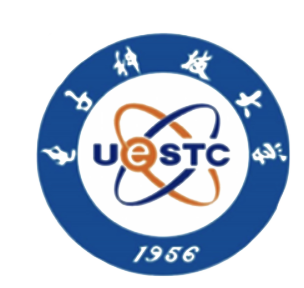
University of Electronic Science and Technology of China (UESTC) is a Chinese national key university in Chengdu, Sichuan, and a Class A Double First Class University directly under the Ministry of Education. UESTC was included as one of the first universities into “Project 211” in 1997, and then the nation’s “Project 985” in 2001. After more than sixty years of development, UESTC has now evolved into a key multidisciplinary university covering wide-ranging programs in a variety of electronic disciplines with electronic science and technology as its nucleus, engineering as its major field and a harmonious integration of science, engineering, management, liberal arts and medical science. The Computer Science and Technology (CST) department at UESTC was founded in 1956 – the first in China. The Department of Computer Science was then established in 1979 and the Computer Center and Microcomputer Institute in 1984. In 1995, the School of Computer Science and Engineering (SCSE) was founded by combining the Department of Computer Science, the Microcomputer Institute and the Computer Center. In 2015, the School of Cybersecurity was founded and integrated with SCSE as the School of Computer Science and Engineering (School of Cybersecurity). The first-level discipline of computer science and technology is ranked A in all Chinese Universities, in the discipline evaluation by the state council in 2017, the top 0.7‰ of ESI and 26th in U.S. News in 2020.
Organization: E-Hualu – China

Founded in April 2001, Beijing E-Hualu Information Technology Co., Ltd. (Stock Code: 300212) is a listed company under the state-owned enterprise China Hualu Group Co., LTD. directly administrated by SASAC. Closely meeting the innovative needs of governmental regulation and exerting the advantages of state-owned enterprise, E-Hualu combines the industry operation and capital operation, and implements the “1+3” development strategy by applying the cutting-edge technology such as IoT, cloud computing, big data and artificial intelligence, etc. to develop the businesses of Intelligent Traffic, Public Security and Health & Pension while focusing on the City Datalake. Through the integration of online and offline services, and of technology and culture, E-Hualu is committed to developing into a data-focused city Internet operator, providing the value-added services for governments, society and the public, and becoming one of major providers in socialized government services.
Organization: Shandong University – China
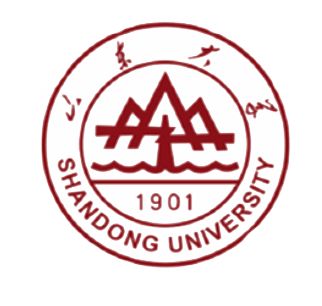
The Center of Software and Data Science Engineering, Shandong University, was formerly the teaching and research section of database and application software founded in the early 1980s. With a development history of more than 30 years, the staff of the Center continues to expand. There are now 21 full-time faculties, including 5 Ph.D. supervisors, 7 full professors, and 11 associate professors. The Center continues to address some of most pressing needs in data science and intelligent data analysis, data computing and cloud computing software architecture, e-commerce and business intelligence.






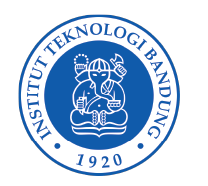
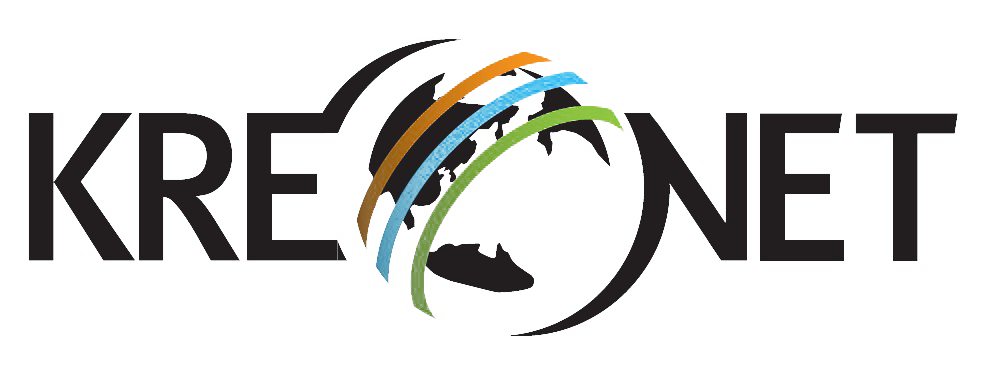


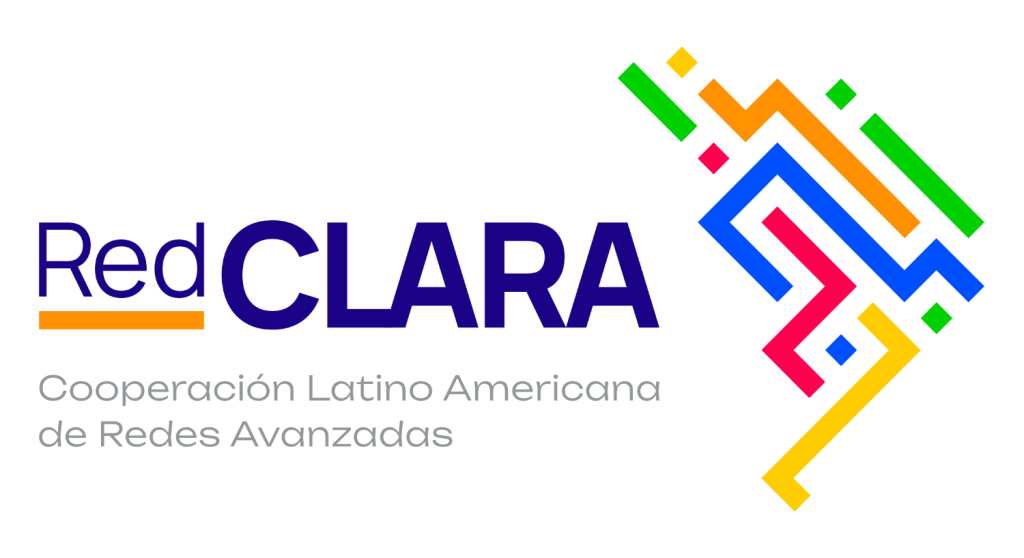

Organization: ErdemNet (MN)
ERDEMNET Mongolian National Research and Education Network (AS10076) is an 25 year old university network that is peering with 5 other networks and has 4 upstream carriers.
Organization: KAUST (KSA)

KAUST aspires to be a destination for scientific and technological education and research. By inspiring discoveries to address global challenges, we strive to serve as a beacon of knowledge that bridges people and cultures for the betterment of humanity.

The South African National Research Network (SANReN) is a high-speed network dedicated to science, research, education and innovation traffic and has been rolled-out in a phased manner.



